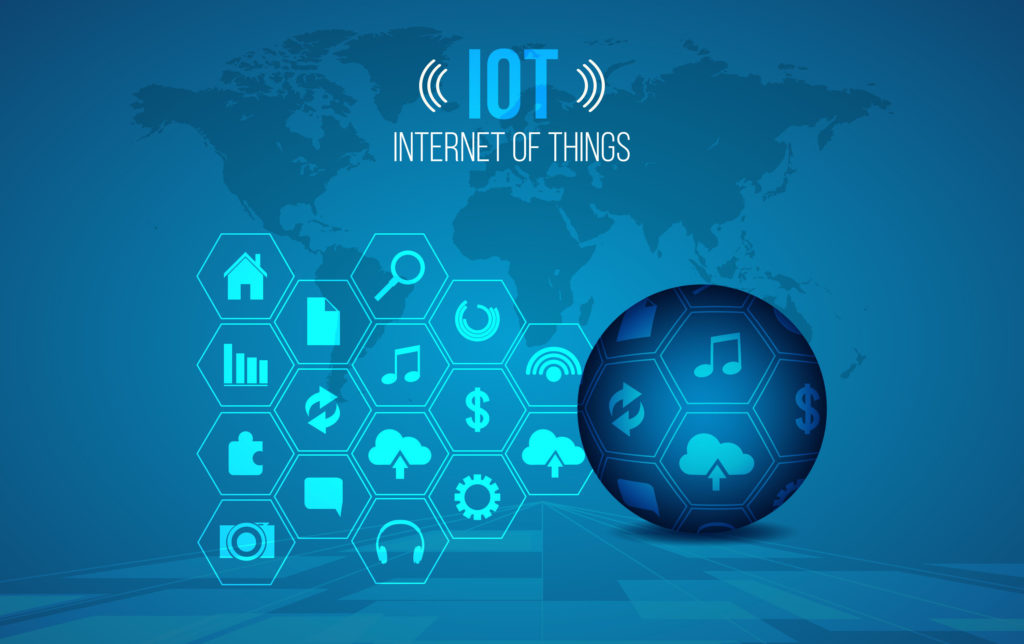The Dummy’s guide to getting started in IIoT

The IIoT or Industrial Internet of Things is part of a broader concept known as the Internet of Things (IoT). The IoT is a network of smart devices, computers, and objects that collect and share enormous amounts of data. The application of (IoT) the Internet of things to the manufacturing industry is called the Industrial Internet or Industry 4.0 (IIoT). The IIoT revolutionizes manufacturing by acquiring and accessing higher volumes of data, more efficiently and at excellent speed. Many innovative companies have started employing Industrial IoT by leveraging intelligent, connected devices in their factories.
Industrial IoT consolidates big data technologies and machine learning to harness the machine to machine communication, sensor data and automation technologies. The critical theory behind Industrial IoT is that smart machines are better than humans at accurately and consistently capturing and communicating real-time data. This data enables companies to identify problems and inefficiencies sooner, thereby saving both money and time.
Especially in manufacturing, Industrial IoT contains vast potential for sustainable and green practices, quality control, overall supply chain efficiency, and traceability. In an industrial setting, IIoT is essential to energy management, asset tracking, enhanced field service, and predictive maintenance.
How IIoT works
It’s the network of mass industrial devices connected by communications technologies that result in systems that can monitor, collect, exchange, analyze, and deliver valuable new insights like never before. These insights then back drive smarter, faster business decisions for industrial companies.
The benefits of IIoT
Predictive Maintenance
Prediction of defects in machinery before they can occur by using real-time data generated from IIoT, allows companies to take necessary actions before any mechanical failure or damage.
Improved field service
IIoT technologies allow field service technicians to recognize possible issues in customer equipment beforehand so that they do not become catastrophic. This help avoids any inconvenience to the customers.
Tracking Assets
The status, location, and condition of products throughout the supply chain can be tracked by customers, suppliers, and manufacturers efficiently. If the goods are damaged or are at risk of being harmed, the system immediately sends alerts to stakeholders so that they can take necessary preventive action. When the products are connected to the internet, it is easy to capture and analyzes how customer use the products. This allows manufacturers to tweak their designs to cater to the need of the customer.
Improved Safety
Sensors help in monitoring the condition of both the equipment as well as a factory so to ensure that there are optimal operating conditions.
The future of IIoT
It is estimated that Industrial IoT will lead to more than $300 billion by 2020 which is double the IoT segment. Also, as per research, the top three industries to invest in Industrial IoT are manufacturing, transportation and utilities. Manufacturing ($189 billion) focuses on asset management, transportation ($85 billion) focuses on freight monitoring and fleet management, and utilities ($73 billion) focuses on smart grids. Additionally, Industrial IoT is foreseen to grow at a 7.3% compound annual growth rate (CAGR) through 2020, and add $14.2 trillion to the economy at the same time.
To know more about our IoT solutions, Get in touch with us.



Leave a Reply